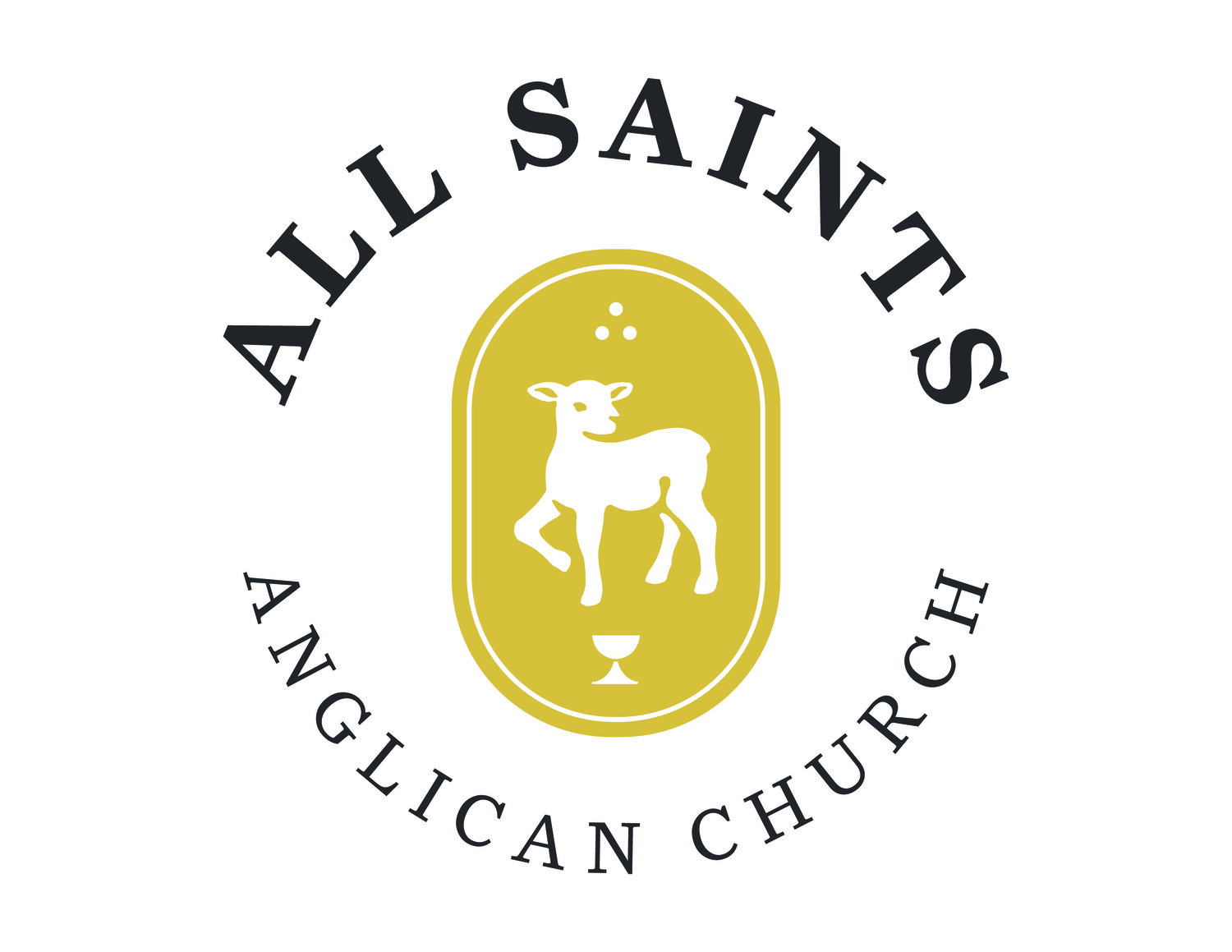We celebrate the feast of St. John the Baptist on the day of his nativity. This is unlike the majority of the other saint’s days which we typically commemorate on the day of their death. For St. John the Baptist an exception is made primarily because his birth initiated the narrative of the Incarnation. His birth proclaimed to a people tempted to believe that God was “silent”, tempted to believe that God was waiting for them to “get their act together” and that salvation was something they could do for themselves, tempted to believe that, perhaps, like Baal on Mt. Carmel, the God of Israel had fallen asleep, that in fact He was alive and He was faithful. The nativity of John announces, as does John’s whole life and ministry, that God is come to be king.
But the Nativity of St. John the Baptist is also the day that the Church marks the feast of Midsummer, an old pre-Christian observance of the summer solstice. While this may at first seem strange, the Feast of the Nativity of John the Baptist is in some very real sense a fulfilment of the pagan longings of midsummer, albeit endarkened and murky as they were. For it was on this day that our pagan ancestors gathered around fires to roast beasts in the hopes of regeneration of kin and tribe, to dance around cruciform trees to pray for fertility and abundance of life, and to witness the burning of the brightness of the light of the sun. And yet, to little avail. Death remained. Life came only to feed the ravenous maw of the pyre and the grave; and winter swallowed the summer’s glow. Summer, so it seemed, was just some ironic tease on the brink of the abyss.
But somewhere something else was afoot. And the One who set the earth to tilt and determined the calendar of the summer solstice had not done so flippantly or meaninglessly.
For it was on this day that the living God moved and did something truly fertile: he made life grow in a barren womb; He made a new brightness rise from that child’s prophetic ministry; He led that child into the wild places, the places where there is no life; he fed that child on locusts, the symbol and sign of doom; the living God burns brightly in the ministry of this prophet who comes to wash the people for the coming of the King of Life; this child will be the one to invite us to a new feast of regeneration with the words “Behold the Lamb of God who takes away the sin of the world”; on this day God began the incarnation narrative in which all the tribes of the earth would gather around a tree, a cruciform pole.
And while all our peoples across the face of the world welcomed the light of summer, Zechariah augured a brighter light by far, singing:
because of the tender mercy of our God,
whereby the sunrise shall visit us from on high
to give light to those who sit in darkness and in the shadow of death,
to guide our feet into the way of peace.
On this day we behold a light stronger and deeper and more brilliant than the sun’s gold meridian on solstice.
This feast we gather not around a Maypole, a tree festooned with life, but around a Cross, a barren tree and an instrument of death. This we do precisely because it is in that Tree of Death that true Life and true Regeneration and an ultimate fertility beyond the exacting tolls of the sepulcher has been given to us. And as we light some small fire in the zenith of the summer sun, we hear the words of the desert prophet at the waters of the Jordan “…after me will come One more powerful than I… He will baptize you with the Holy Spirit and with fire.”


